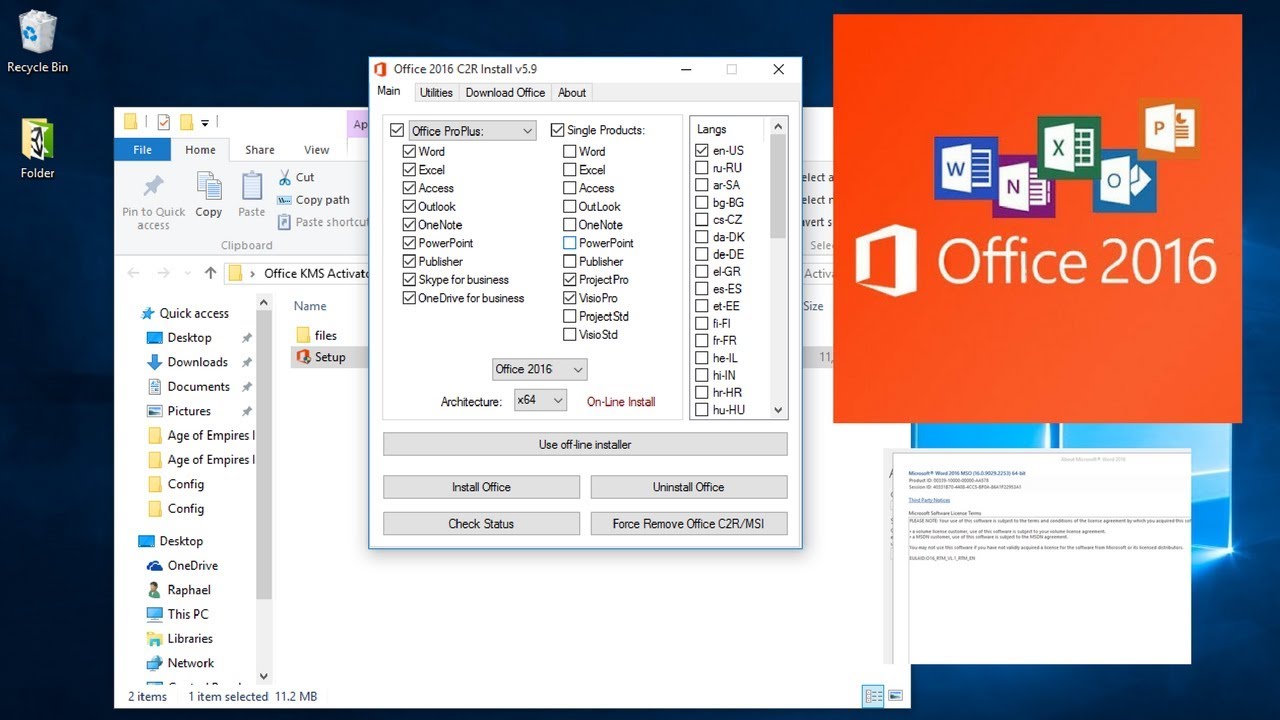We are living in an era where smartphones and connectivity make almost everything possible. With more than half of the world’s population connected to the Internet, more and more administrative tasks, as well as daily operations, are being ported over browser-based applications. One of the most popular ones is PDF conversions.
Gone are the days when PDF conversions are done with a dedicated, standalone, desktop software that costs the company money each year – today, most small companies rely on browser-based applications for conversion, editing, as well as protecting files and documents. This is because these tools that convert Word to PDF, among other things, are more accessible and hassle-free.
In this article, we’ve collated the top 3 conversions you can do with a powerful browser-based PDF application. So whether you are tasked to do some conversions like Word to PDF, or splitting files for sending and sharing to groups, here are conversions type you can quickly do online:
Word to PDF
Converting A Word file to PDF may arguably be the most common of PDF conversions. Microsoft Office-based file formats like Word, Excel, and Powerpoint are the standard for files in their own lanes, that’s why converting files with these extensions to PDF should be easy-peasy. With PDFBear’s suite of applications, not only will you have a shorter amount of time spent on converting, but it also bypasses the part where you need to open the document first before you can convert it.
MS Office file extensions are top and center when it comes to browser-based applications. All the free and popular ones have a specific application to tackle the task, depending on the extension. So whatever free browser-based application you decide to use, it should have the option for Word to PDF conversion at the forefront.
JPG to PDF
Every once in a while, you’d have to convert a JPG file to PDF. Whatever purpose you may have – whether it’s for sharing over the Internet, or to serve as a reference point for other people in your group for a project, it should be effortless to do JPG to PDF conversion with the help of browser-based applications.
Similar to MS Office-based files, there are also dedicated web-based applications that address this specific type of conversion. To make sure that the conversion is a success, you need to check the image first if all the layers are flattened. This way, the resulting PDF file won’t have transparent layers. All images with JPG file extensions should be fine because JPG files are usually flat all over, but certain instances will not convert to PDF as smoothly.
HTML to PDF
HTML or hypertext markup language is the extension that most websites are stored in when you save it from your browser. It’s the standard language that’s used for almost 80-90% of web pages, so when you want to convert a website page to PDF quickly and successfully, a browser-based application should do the trick.
All you need is a browser that can read site addresses effectively – Chrome is the top choice, but you can also use Safari and Mozilla Firefox. Go to the site in question, find the particular page you want to save, and press CTRL+S or Command+S for Mac users.
Once the page is saved in your download folder, go to your web-based PDF application’s site, pull up the HTML to PDF converter, and upload the saved file. Wait for the application to convert it, and once done, check the resulting PDF file for mistakes.
Takeaway
Always bear in mind the next time you have a PDF conversion task at hand that you can use browser-based applications to streamline the task. It’s more convenient, you have better flexibility to focus on other pressing tasks, and you can do it from anywhere around the world. Not only does it make working from home easier, but it also lessens the time spent on these particular conversion jobs.











